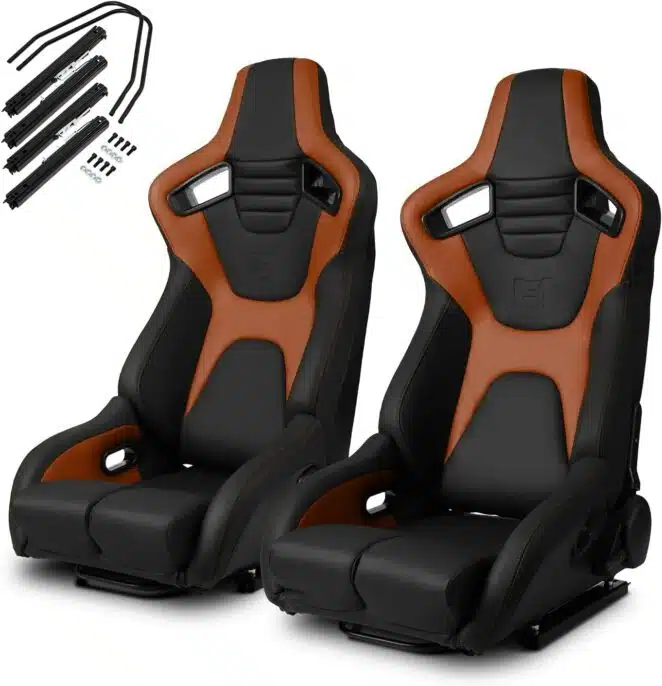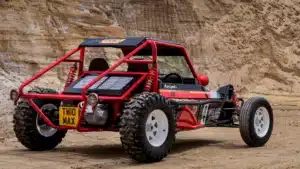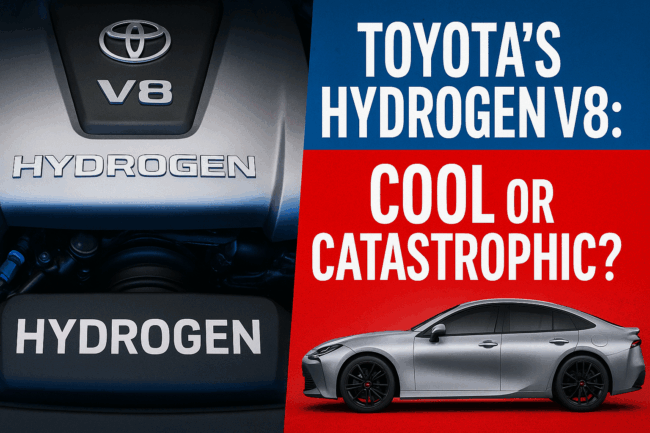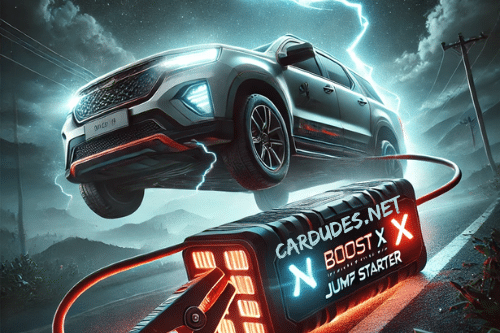Exploring Contemporary Car Trends: A Journey Through History and Innovation
Introduction:
In the ever-evolving landscape of automotive technology and design, trends emerge, fade, and resurface, reflecting societal values, technological advancements, and environmental concerns. This comprehensive exploration delves into the current trends shaping the automotive industry while tracing their roots through history. From the inception of automobiles to the present day, this journey highlights key milestones, innovations, and shifts in consumer preferences, shedding light on the intricate tapestry of automotive evolution.
Chapter 1: Origins of Automobiles
The story of automobiles traces back to the late 19th century, with pioneers like Karl Benz, Gottlieb Daimler, and Henry Ford laying the groundwork for modern transportation. The invention of the internal combustion engine revolutionized mobility, enabling the mass production of vehicles and the birth of the automotive industry. Early automobiles were predominantly utilitarian, focusing on functionality over aesthetics. However, as technology progressed, design became increasingly important, giving rise to iconic models such as the Ford Model T and the Rolls-Royce Silver Ghost.
Chapter 2: Rise of Mass Production and Consumerism
The advent of mass production techniques, epitomized by Ford’s assembly line, transformed the automotive landscape, making cars more accessible to the masses. This era saw the emergence of consumer-focused design principles, with automakers catering to diverse preferences and lifestyles. The 1950s witnessed the golden age of American automobiles, characterized by sleek, chrome-laden designs and powerful V8 engines. Tailfins, two-tone paint schemes, and extravagant styling elements became hallmarks of the era, reflecting post-war prosperity and optimism.
Chapter 3: Technological Advancements and Environmental Awareness
As concerns over pollution and fuel consumption grew, the automotive industry underwent a paradigm shift towards sustainability and efficiency. Innovations such as catalytic converters, fuel injection systems, and electronic engine management ushered in an era of cleaner, more fuel-efficient vehicles. The 1970s oil crisis underscored the importance of energy conservation, prompting automakers to explore alternative power sources such as electric and hybrid propulsion. Despite initial skepticism, electric vehicles (EVs) gained traction in the late 20th century, laying the foundation for a sustainable future.
Chapter 4: The Digital Revolution and Connectivity
The dawn of the 21st century brought forth a new era of automotive innovation, driven by advancements in digital technology and connectivity. The integration of GPS navigation, infotainment systems, and driver-assistance features transformed the driving experience, making cars smarter and safer. The rise of autonomous driving technology promised to revolutionize transportation, heralding a future where cars could navigate roads without human intervention. Concurrently, the proliferation of smartphones and mobile apps reshaped consumer expectations, with on-demand services such as ride-sharing and car-sharing gaining popularity.
Chapter 5: Design Evolution and Personalization
In an era marked by rapid technological progress, design remains a crucial differentiator for automakers seeking to captivate consumers. Contemporary car designs reflect a fusion of tradition and innovation, blending aerodynamic efficiency with aesthetic appeal. From sleek electric sedans to rugged off-road vehicles, automakers offer a diverse range of options to suit every taste and lifestyle. Customization has also become increasingly prevalent, with buyers opting for bespoke features and personalized touches to create unique driving experiences.
Chapter 6: Sustainability and Electric Mobility
With growing concerns over climate change and environmental degradation, sustainability has emerged as a defining theme in the automotive industry. Electric mobility has gained momentum as governments and consumers alike seek cleaner alternatives to traditional gasoline-powered vehicles. Major automakers have committed to electrification, investing heavily in EV technology and infrastructure. Beyond electrification, sustainable practices such as recyclable materials, eco-friendly manufacturing processes, and carbon-neutral initiatives are becoming standard practices across the industry.
Conclusion:
The automotive industry is in a state of constant flux, shaped by technological innovation, shifting consumer preferences, and global megatrends. From the humble beginnings of the horseless carriage to the dawn of autonomous driving, the evolution of automobiles reflects humanity’s relentless pursuit of progress and innovation. As we navigate the complexities of the modern world, one thing remains clear: the future of mobility is boundless, promising new possibilities and opportunities for generations to come.
Always Wanted a Life-Size Tamiya R/C Vehicle? You Better Sit Down
Tamiya and The Little Car Company team up to build a full-scale, drivable version of an iconic R/C kit.
July 7, 2023 Update: Taimya and The Little Car Company have revealed some more details about the Wild One Max, including additional specs, photos, and details about the Launch edition. The first important detail: this is actually happening (still), which is extremely exciting. The Little Car Company makes some well-built, fascinating “toy” cars that just happen to also appeal to adults, and the Wild One Max is no different. In fact, with the additional details and apparently improved specs, it’s all the more exciting.
The Best Racing Prices Begin Here!
To begin with, the Max is powered by 14.4-kWh worth of battery packs—eight swappable batteries, in total. We originally reported it had a much smaller battery; it’s unclear if that version will still be available. Likewise, the motor appears larger: 28 kW peak and 15 kW continuous rated output, or about 38 hp roughly. With these specs, it’s estimated that the Max will be good for 68 miles off-road and 124 miles on. The top speed is said to be 62 mph; it’s unclear if that’s limited or v-max. Either way, 60+ mph in this thing would be hair-whipping fun.
We also have more details on specs, since The Little Car Company actually claims it can be used off-road, just like the R/C version. The ground clearance is 10.6 inches, and the approach angle is 34.1 degrees, break-over is 28.4, and departure is 50.8. Not too shabby. It wears 14-inch Maxxis off-road tires and features Bilstein adjustable dampers and Eibach springs. The Max is slightly larger than previously stated, now 141.7 inches long and 74.8 in width. It even now has windshield wipers.
Inside, passengers will sit in Cobra bucket seats with four-point harnesses, looking at readouts from a 5-inch digital dash and operating marine-type switches. But that’s not all …
The first 100 Maxes will be Launch Editions, with the sort of extra goodies you’ve come to expect from such a version. In addition to a de rigeuer plaque, there’s a carbon fiber dashboard and key fob, and even a real R/C Wild One model kit that the company reissued (and will be given to customers while their full-size Max is being built). Even the Launch Edition decals, which are holographic for extra 1980s effect, will carry over to the pint-size model.
Prices start at roughly $45,000 at today’s exchange rates. Remember, these will be road-legal in the U.K. and E.U., although not on these shores. The original article continues below.
The Little Car Company’s name might ring a bell. Remember the exquisitely crafted small-scale Aston Martin DB5 Junior and Bugatti Baby II … well, we hesitate to call them toys, really, although children could certainly drive them. Many adults would fit, too, and we think for more than $30,000 a parent or enthusiastic big person should probably get to enjoy them at their 30 mph top speed at least once. In an awesome reversal of The Little Car Company’s usual modus operandi, the company’s paired up with Tamiya to release a larger version of one of its iconic model vehicles: the Wild One Max.
Launched in 1985, the Wild One is a remote-control (R/C) buggy that came in kit form. Now, 36 years later, the kids and adults that enjoyed building and racing the Wild One around yards and R/C tracks are perfectly positioned to be able to afford a really special nostalgic experience: getting inside and driving something they were wild about way back when. Frankly, it’s a brilliant idea.
And more to the point, a lot of the fun of Tamiya R/C kits was the ability to build it yourself, and then drive it around—combining the assembly fun of a static model with the enduring thrills of R/C adventuring. So, this big Wild One? It’s a kit, too. Yes, with decals to adhere, and even a catalog of upgrades just like its smaller forebear—individual “hop-ups” for both appearance and performance, and complete “packs” of upgrades to optimize the Wild One for, say, tarmac or off-road duty.
And since this is an 8/10ths scale, instead of a 1/10ths, version, the Max will be relatively large: 137.8 inches long overall and about 551 lbs, and able to accommodate drivers up to 6.5-feet tall. The chassis is a spaceframe design suspended by coilovers at each corner, coming standard with 15-inch off-road tires, and rear-wheel drive is the only option. Hydraulic Brembo disc brakes provide stopping power, and are supplemented by the electric drive motor’s regenerative braking.
Power is provided by a single electric motor and a 2-kWh battery pack, giving 5.5 horsepower peak and a maximum range of 25 miles. Upgrades can add power or battery capacity. The base top speed is a healthy 30 mph, which in this windscreen-less buggy should feel plenty quick.
There’s more! Upgrade packs to make it road-legal in various regions are available, including a kit to make it legal as a Neighborhood Electric Vehicle in the U.S. And The Little Car Company says this big Wild One Max should ring in at much, much less than the company’s other luxury offerings: $8,250 before tax. A refundable $140 deposit secures a spot on the build list, and also allows you to provide input on exactly which decals and features the company should make available.








